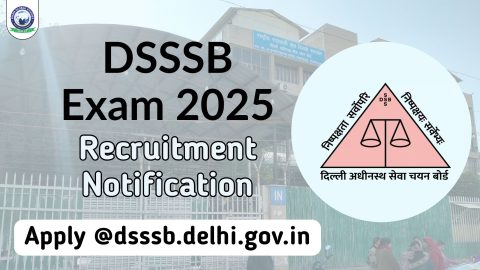In 2019, widespread protests took place across India against the Citizenship (Amendment) Act 2019, some of which were violent. The Act once again came into the limelight amid reports indicating the government’s intention to notify it before the Lok Sabha elections in 2024. This law aims to redefine the status of illegal immigrants for Hindu, Sikh, Parsi, Buddhist and Christian immigrants from Pakistan, Afghanistan and Bangladesh who are living in India without proper documentation. The plan is to grant them accelerated Indian citizenship within six years, moving away from the previous norm of 12 years of residence requirement for naturalization.
Who comes under CAA?
Following parliamentary approval of the CAA in December 2019 and subsequent presidential assent, protests intensified in places like Delhi’s Shaheen Bagh and Assam’s Guwahati. These protests, which resulted in over a hundred casualties in clashes with law enforcement or other causes, gradually subsided amid COVID-19 restrictions and lockdown measures.
What is the Centre’s logic behind CAA?
The CAA targets individuals who are “persuaded or forced to seek asylum in India due to persecution based on religion” to protect them from illegal migration proceedings. The cutoff date for citizenship eligibility is 31 December 2014, with applicants required to enter India on or before that date. Currently, Indian citizenship is granted to people who are born in India or who have lived in the country for at least 11 years. Additionally, the proposed amendment includes a provision for cancellation of Overseas Citizen of India (OCI) registration if the OCI cardholder violates any provision of the Citizenship Act or any other applicable law.
CAA: Some people say it’s like division, is that true?
The government claims that the minority groups covered under the CAA have fled persecution in Muslim-majority countries. However, critics question the consistency of this argument, with some highlighting the exclusion of religious minorities and neighbouring regions that face similar issues. Despite this, the government has not answered these concerns satisfactorily.
How much part of the Northeast does CAA cover?
While the CAA does not apply to areas under the 6th Schedule of the Constitution or states with the Inner-Line Permit system, Assam has seen particularly fierce protests. Fears remain that regularizing illegal Bengali Hindu migrants from Bangladesh under the CAA could threaten the cultural and linguistic fabric of the state.
Why is Assam angry about CAA?
Unlike the National Register of Citizens (NRC), which focuses on identifying illegal immigrants regardless of religion, the CAA has been criticized for allegedly discriminating against Muslims and thus violating equality enshrined in Article 14 of the Constitution. There is a violation of fundamental rights. Despite the opposition’s claims, the government remains firm on its stand on the legality and fairness of the CAA.
Is this different from NRC?
Although the Citizenship (Amendment) Bill, 2019 received Presidential assent on December 12, the Home Ministry is yet to notify the operational rules. Recent reports suggest that the government is planning to finalize these rules before the Lok Sabha elections in 2024.






